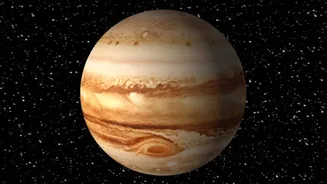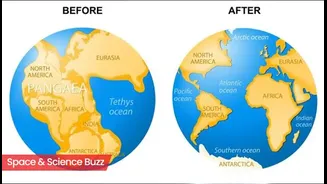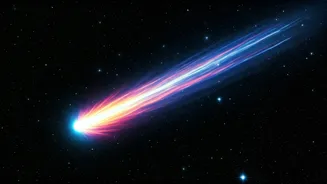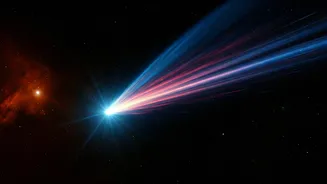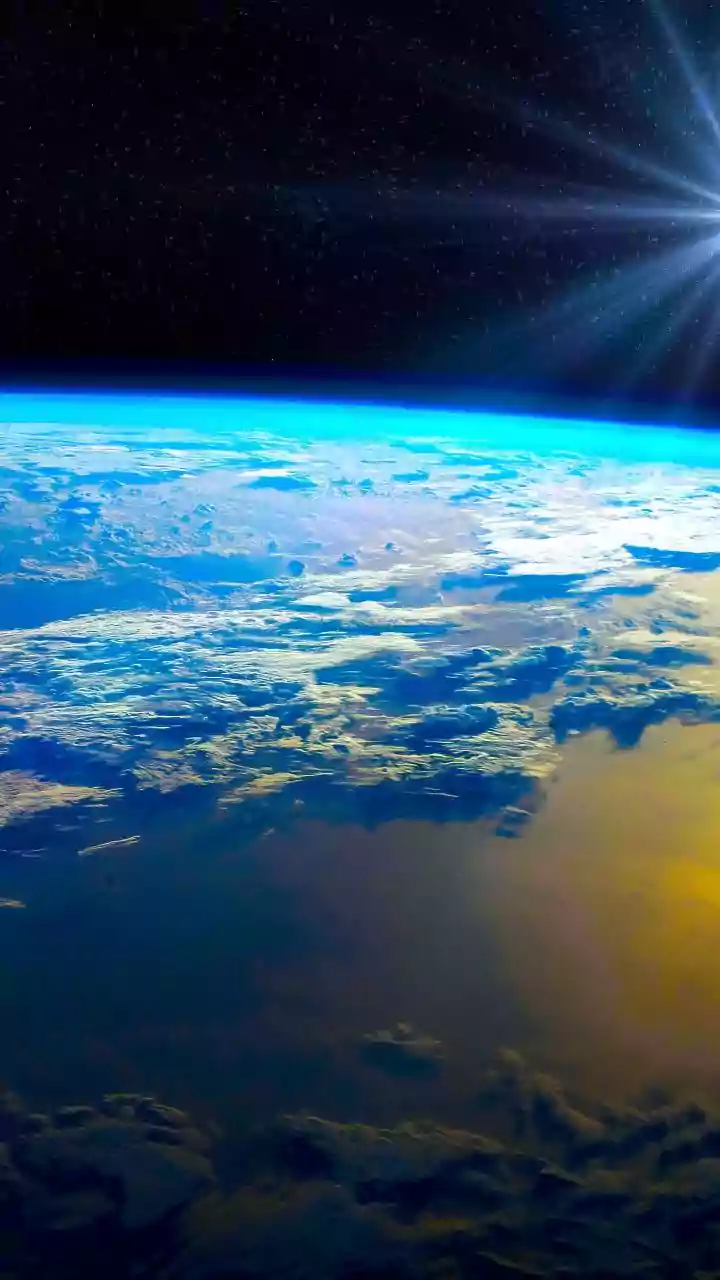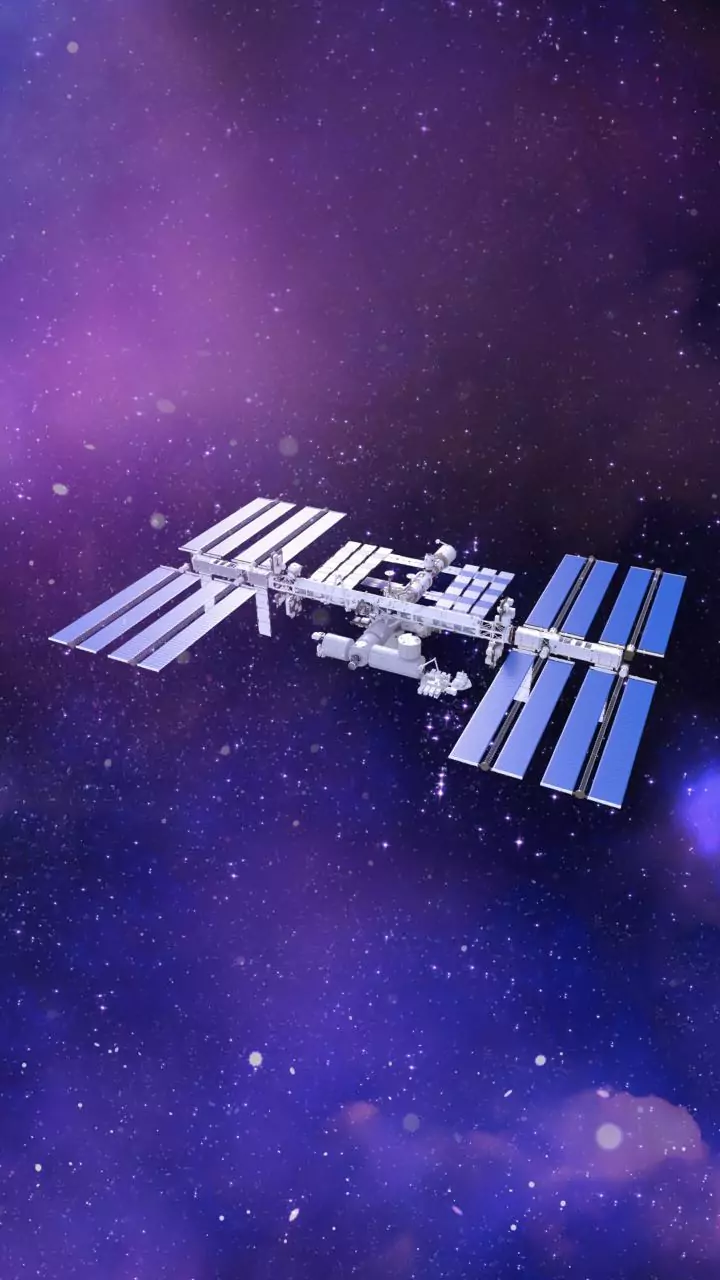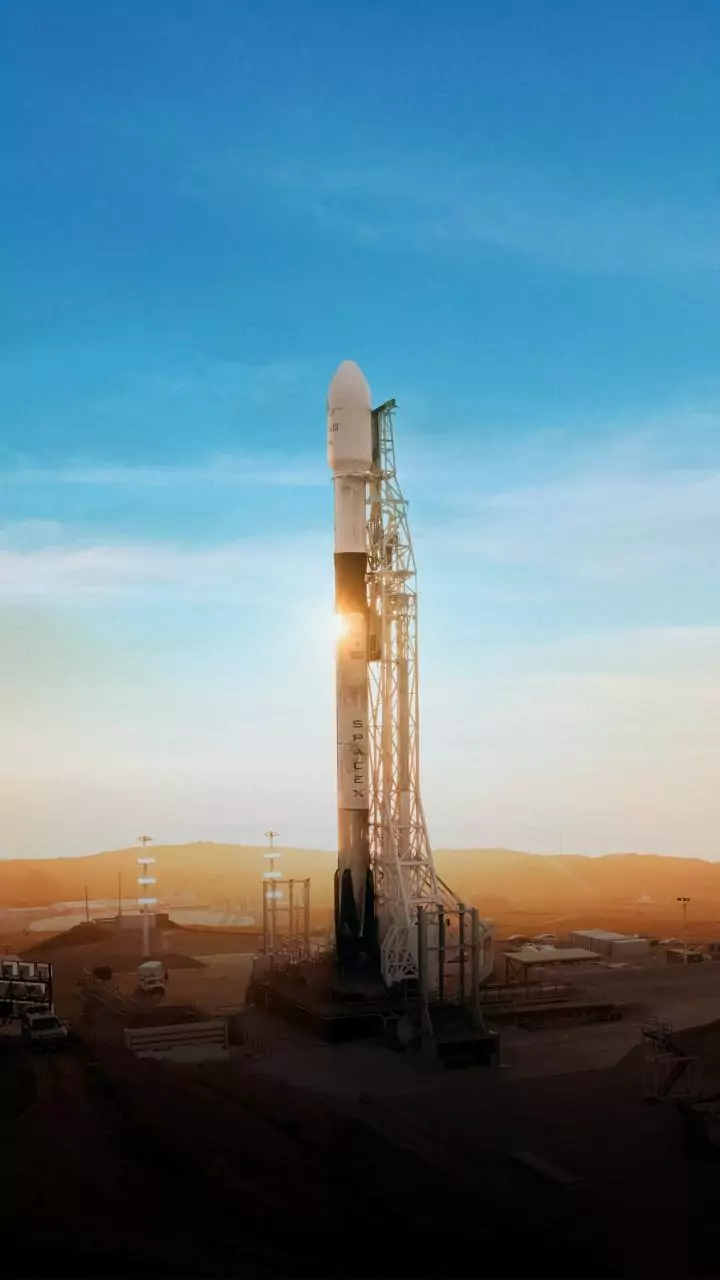The Growing Problem
The expansion of space science and technology is currently facing a significant challenge: environmental sustainability. The rise in rocket launches, coupled
with the increasing number of satellites and space debris, presents a serious threat to our planet's atmosphere and the space environment. Each launch releases greenhouse gases and pollutants, contributing to climate change and impacting air quality. Moreover, the accumulation of space debris, from defunct satellites to fragments from collisions, poses a growing risk to operational spacecraft and the long-term viability of space activities. Without proactive measures, these effects will only worsen, potentially hindering future space missions and posing new threats to both Earth and space.
Impact of Rocket Launches
Rocket launches are a major factor contributing to the environmental footprint of space science. The combustion of rocket fuel releases substantial quantities of pollutants, including carbon dioxide, water vapor, soot, and various other chemicals. These emissions not only contribute to global warming but also affect atmospheric composition, potentially damaging the ozone layer and influencing climate patterns. Furthermore, the sonic booms and vibrations associated with launches can impact local ecosystems and wildlife. The environmental effects of these launches vary depending on the type of rocket, the fuel used, and the launch site's location. As space activities continue to grow, the cumulative effects of these emissions will necessitate more sustainable solutions, like reusable rockets and cleaner propulsion technologies, to mitigate their impact.
Space Debris Concerns
The growing issue of space debris is a significant threat to the sustainability of space exploration. This debris includes non-functional satellites, abandoned rocket stages, and fragments created from collisions and explosions. These objects travel at extremely high speeds, posing a dangerous collision risk to operational spacecraft. Even small pieces of debris can cause substantial damage, leading to the potential loss of valuable missions and the creation of more debris. The accumulation of space debris creates a cascading effect known as the Kessler syndrome, where the density of debris is so high that collisions become increasingly common, generating even more fragments. This could make certain orbits unusable for future space missions. Addressing space debris necessitates active debris removal efforts, improved space traffic management, and the development of technologies to prevent future collisions.
Mitigation and Solutions
Addressing the environmental challenges in space science requires a multifaceted approach. One crucial aspect involves developing and adopting more sustainable technologies and practices. This includes the use of reusable rockets, which can significantly reduce the number of launches and the associated emissions. Another important strategy is the shift towards cleaner propulsion systems, such as electric propulsion or those using alternative fuels, to minimize the release of pollutants. International cooperation is also essential, with collaborative efforts needed to establish clear guidelines and regulations for space activities. This would ensure responsible space debris management, promote the development of sustainable technologies, and foster a shared commitment to environmental protection. Education and public awareness campaigns can also play a vital role in informing the public about the environmental impact of space science and promoting sustainable practices.
International Cooperation
International collaboration is essential for achieving sustainability in space science. Space exploration and the challenges associated with it are global issues that require coordinated efforts among all nations. This entails establishing international treaties and agreements that focus on responsible space activities, including managing space debris, regulating rocket launches, and sharing sustainable technologies. Such cooperation also facilitates the exchange of data and best practices, leading to more effective environmental protection. The formation of international working groups and organizations dedicated to space sustainability allows scientists, engineers, and policymakers from different countries to combine their expertise and resources. Collective efforts are pivotal for fostering a long-term, sustainable future for space exploration and ensuring that the benefits of space science are shared by all of humanity.
Technological Advancements
Technological innovation is key to advancing sustainability in space science. The development of advanced materials, such as lighter and more durable components, can lower the environmental impact of spacecraft. Research into more efficient rocket propulsion systems, including electric and solar-powered options, holds the potential to significantly reduce emissions. Furthermore, technologies designed to track and remove space debris are critical. This may involve developing robotic systems that can capture and de-orbit debris or creating methods to actively remove defunct satellites from orbit. Innovation also includes creating tools to monitor and assess the environmental impacts of space missions. Continuous advancements in these areas will be pivotal in mitigating the negative effects of space activities and guaranteeing the long-term health of our planet and space.


